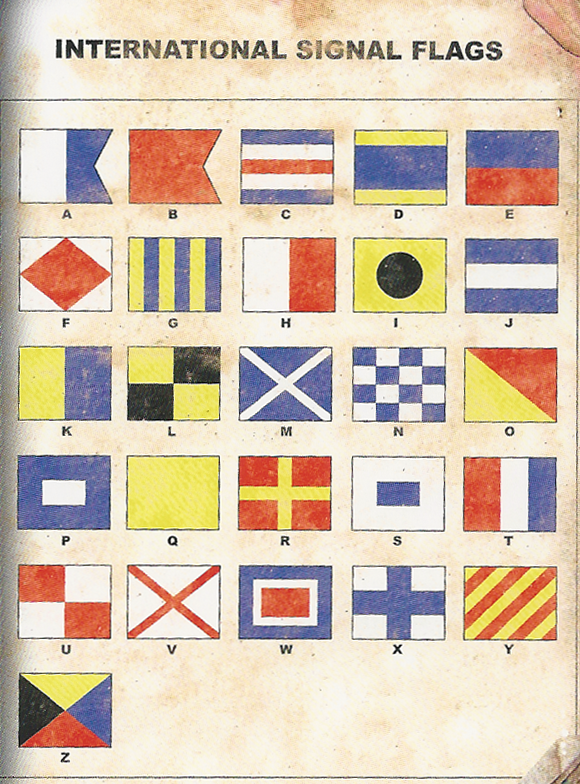Codes and ciphers are popular escape room devices, and it does give you a kind of Sherlock Holmesy/detectivy feeling when you solve them. Some people go so far as to memorize common codes and cyphers. That can certainly give you an advantage when it comes to quickly decrypting messages, but you need to be careful when you do this. Any decent game is going to give you a way to decrypt a code before you are expected to do so. If you decrypt the code prior to that, you may end up skipping puzzles and therefore confusing yourself and your team.
Codes you might encounter include:
Morse Code. I'm not going to include the whole thing here, especially since there is an American and an International version, but it doesn't hurt to know a few of the most common letters that are consistent from version to version and that have simple patterns. I suggest using the trademarked Bruce A. Smith "My Heist Method," which involves having the following memorized, and figuring out the rest:
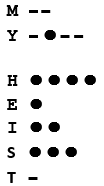
Substitution Ciphers. These ciphers simply replace a letter or a number with another character or with a symbol, like this:
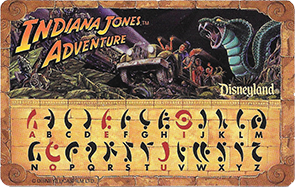
Or these symbols from my "nexus" code:
 = D
= D
 = O
= O
One of the most basic substitution ciphers is to replace a letter of the alphabet with a number from 1 to 26, and then you can continue numbering from there, wrapping around when you get to Z, like this:
B = 18
C = 19
D = 20
E = 21
F = 22
G = 23
H = 24
I = 25 J = 26
K = 1
L = 2
M = 3
N = 4
O = 5
P = 6
Q = 7
R = 8 S = 9
T = 10
U = 11
V = 12
W = 13
X = 14
Y = 15
Z = 16
With the above example, if you are provided a clue that says U = 11, then you can figure out the rest of the code yourself. In some games, that's exactly what you must do. In others, they are kind enough to provide a cipher wheel that makes it easier.
The Pigpen Cipher. This goes by several names, including the masonic cipher and the tic-tac-toe cipher. There are several variations on it, but this is the one I've seen the most:
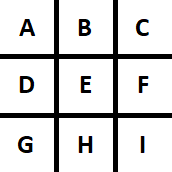
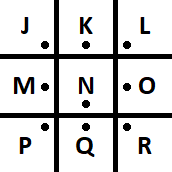
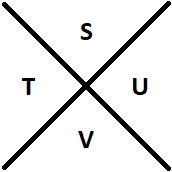
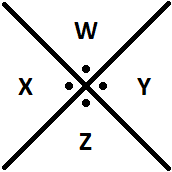
The Lines and dots immediately surrounding each letter represent that letter. For example, the question, "Why is my hamster missing?" would look like this:

Braille. Braille isn't really a code, but it is often used in the same way as a substitution cipher. The six-dot pattern that is used to make all Braille letters is conducive to designs that can be hidden in other patterns.
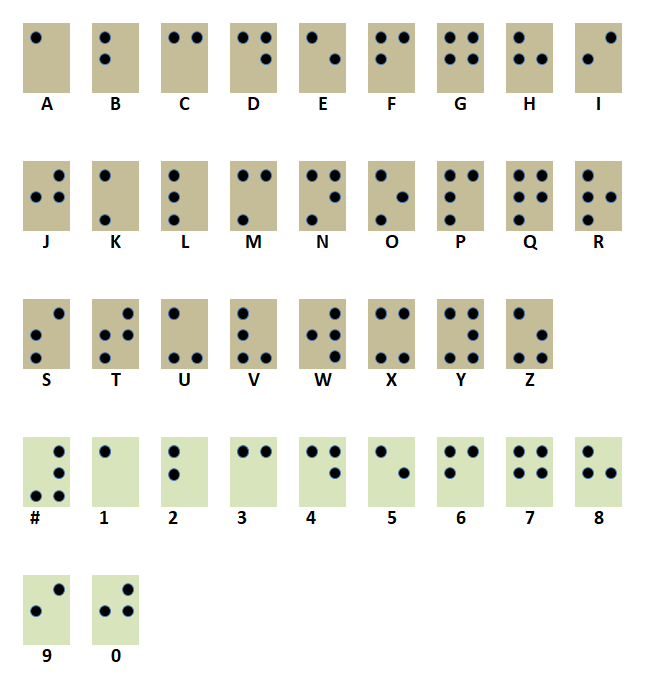
Even though there are many more codes and ciphers, I'll only include one more here, because it is a personal favorite that you might see in a pirate room somewhere. These are signal flags used by ships at sea:
